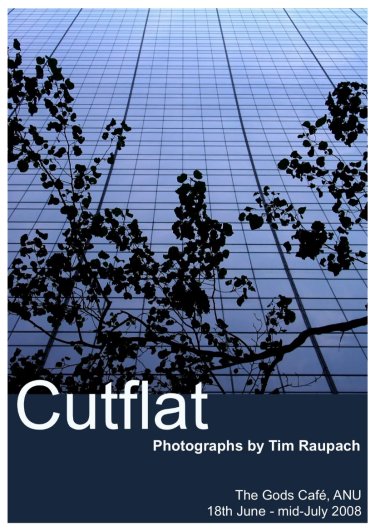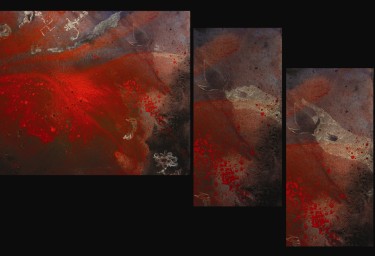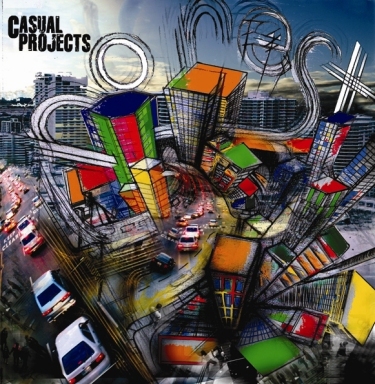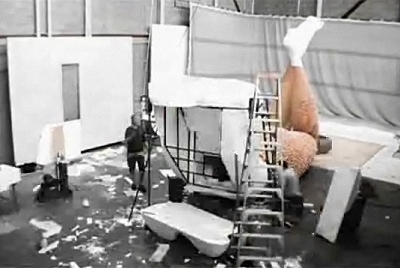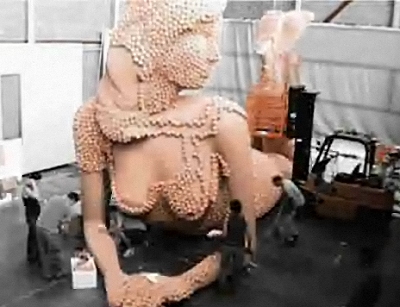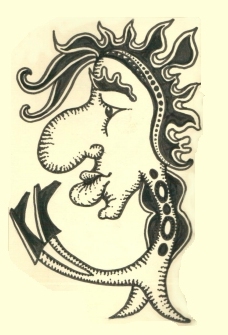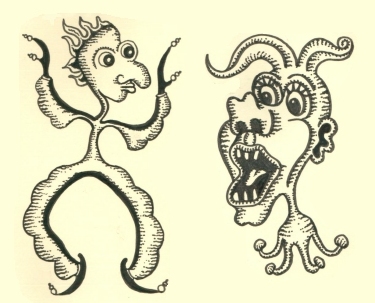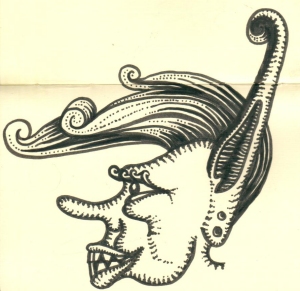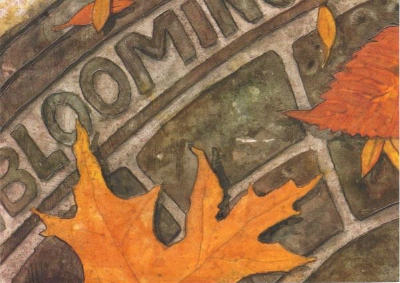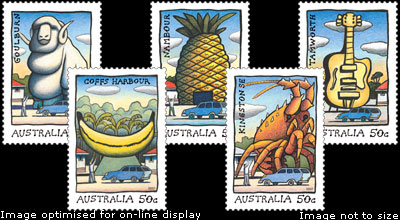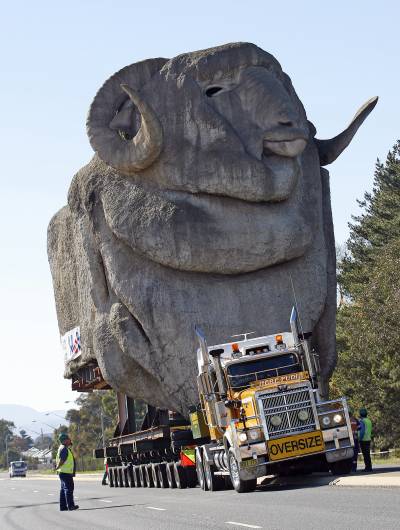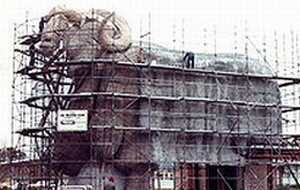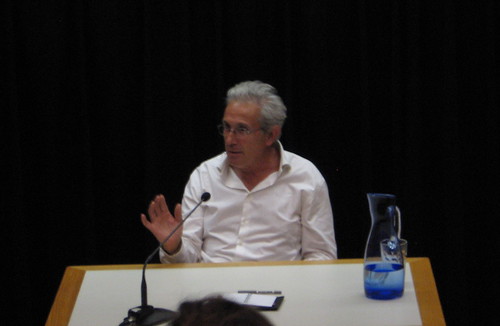
(Joan Baixas’ keynote at Unima 2008)
Gary Friedman has a small clip and description of a secret performance of Terra Prenyada (The Pregnant Earth) by the master puppeteer and Spanish artist, Joan Baixas, at Unima 2008. You can see it full screen if you watch it at YouTube. I wish I had seen the show; it looks wonderful, a fusion of painting and theatre, done on a big sheet of back-lit plastic. I gathered from Baixas’ keynote talk that he often uses ochres that he finds locally for this, and that he began doing so when he spent time in the Australian desert, collaborating with the Arabanna community in the outback of South Australia to design and make masks for the Naidoc Festival in Maree. He also mentioned that he has a new show called Toast to Zoe, improvisations of painting and piano, with jazz pianist Agustí Fernandez.
The painting reminds me of how kids sometimes tell the story as they are drawing or painting, so that it almost becomes a live animation. For example boys of about 8 or 10 draw action scenes of battles and talk through the action: one plane turns into a flight of planes, they will be given guns, which then burst into fire as marks raining down to earth, and then a plane might crash and burn; the whole narrative on one page. It also reminds me of the kind of print where you ink up the plate and make marks on it for a one-off print.
Baixas ran a masterclass at Unima 2008, too, the Great Laughing Mutant Project. The participants presented a performance on Carnival Day, using these lovely minimalist shapes in lots of different ways:
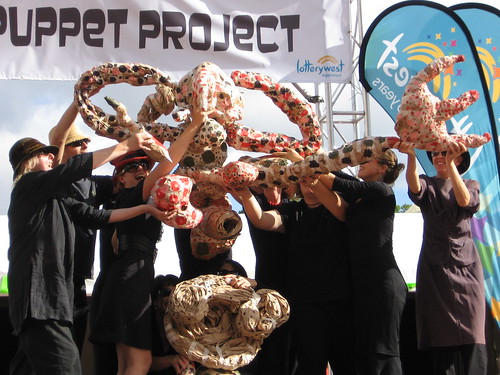
Afterwards they gave them to kids in the crowd, and the little boy in front of me was having fun with his:
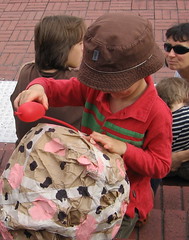
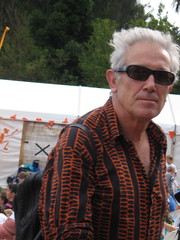
My attendence at Unima 2008 is supported by the ACT Government.


